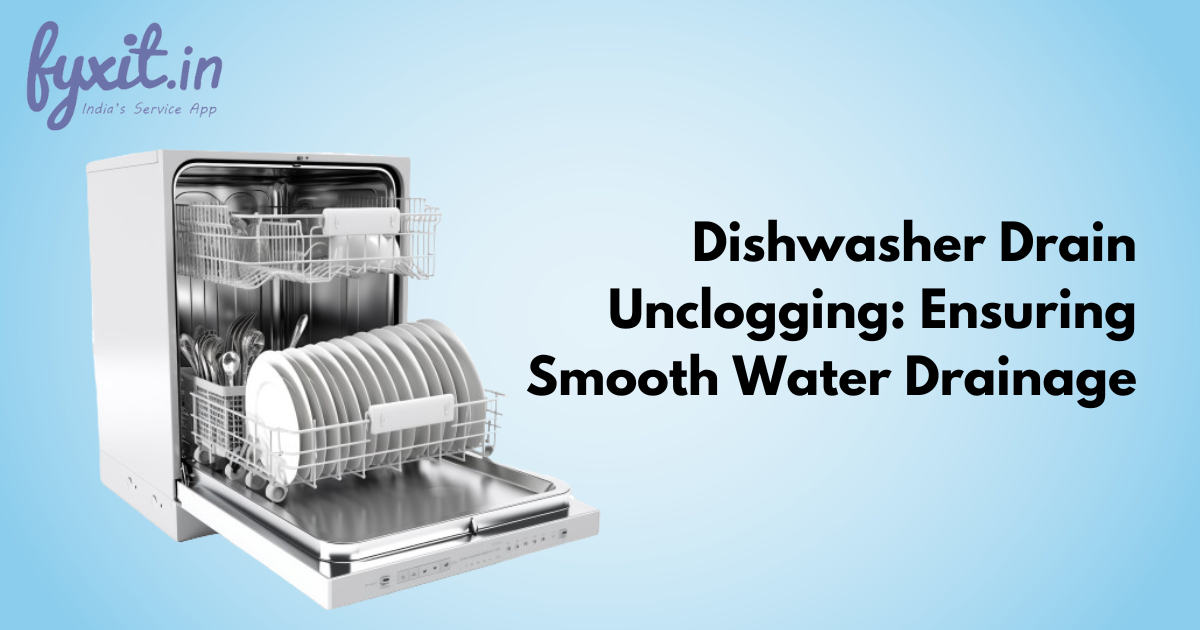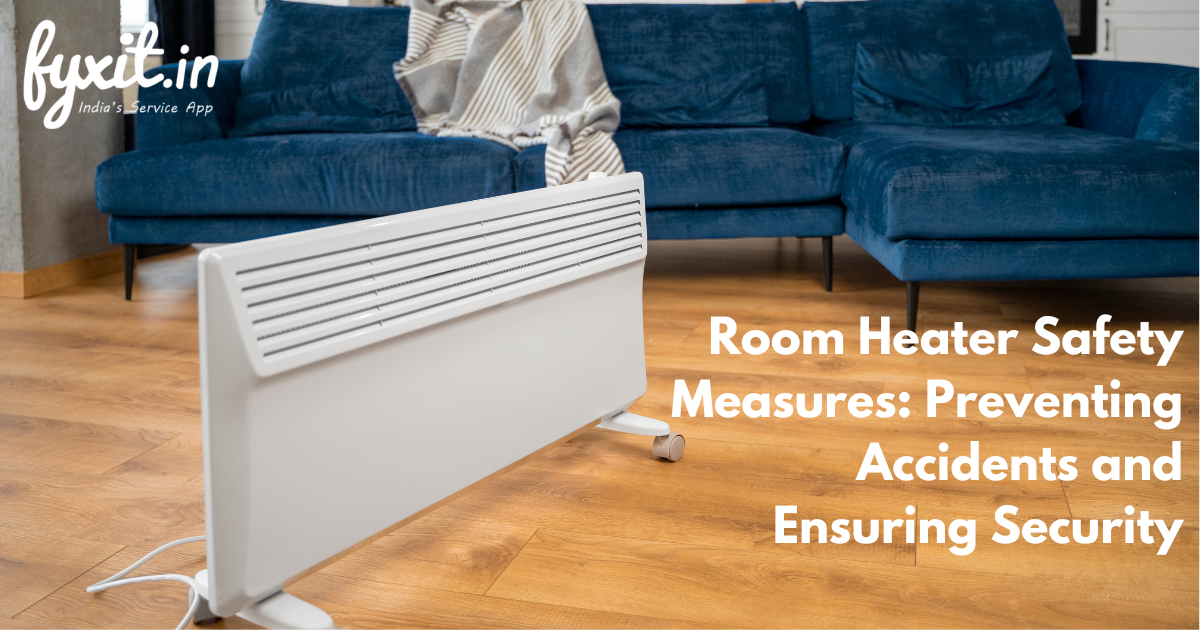Capturing moments through a camera is a cherished activity, but when water damage befalls your beloved device, it can be a devastating experience. Whether it’s a sudden downpour during an outdoor shoot or an accidental spill indoors, water damage is a common peril for cameras. This comprehensive guide provides insights into the immediate steps to take when facing water damage and strategies for potential recovery.
Table of Contents
Act Quickly: The First Moments Matter
Remove the Battery and Memory Card:
The first instinct should be to power off the camera and remove the battery. Extract the memory card as well, as it stores precious photos and may be salvageable even if the camera isn’t.
Don’t Turn It On:
Resist the temptation to check if the camera still works. Turning it on while wet can cause a short circuit, worsening the damage.
Dry it Out: Immediate Measures
Use Absorbent Materials:
Gently pat the camera with absorbent materials like a clean, dry cloth. Avoid rubbing, as it may push water further into the device.
Remove Detachable Parts:
If possible, disassemble the camera to let air circulate. Remove lenses, memory cards, and any other detachable parts.
Silica Gel or Rice:
Place the camera in a bag with silica gel packets or uncooked rice. These absorb moisture and can expedite the drying process.
Avoid Extreme Temperatures
No Hair Dryers or Sun Exposure:
While it might be tempting to use a hairdryer or place the camera in the sun, both can cause more harm. Excessive heat can damage delicate components.
Room Temperature:
Allow the camera to air-dry at room temperature. Patience is key in ensuring thorough drying without causing additional damage.
Professional Assessment
Visit a Professional Technician:
If you’re unsure about the extent of the damage or if the camera doesn’t function after drying, consult a professional technician. Attempting to fix complex issues without expertise can lead to further damage.
Preventing Future Water Damage
- Invest in Waterproof Gear: Consider using waterproof camera bags or cases, especially when shooting in unpredictable weather conditions.
- Camera Rain Covers: If you’re frequently shooting outdoors, invest in rain covers designed for cameras. They provide an extra layer of protection.
- Insurance: Explore camera equipment insurance. While it might not prevent water damage, it can mitigate the financial loss if the worst happens.
Data Recovery
- Professional Services: If the memory card has been affected, professional data recovery services may be able to retrieve lost files.
- Cloud Backup: Emphasize the importance of regular backups to the cloud. This ensures that even if the camera is damaged, your precious memories are secured.
Learn and Prepare
- Understand Camera Seals: Familiarize yourself with your camera’s weather-sealing features. Some cameras are more resistant to water, but none are entirely waterproof.
- Emergency Kit: Create a small emergency kit with silica gel packets, a microfiber cloth, and a waterproof bag for unexpected situations.
Water damage to the cameras are undoubtedly distressing, but swift and informed action can make a significant difference in potential recovery. By following the outlined steps, photographers can increase the chances of saving their equipment and preserving the memories captured through their lenses. Additionally, embracing preventive measures and preparedness will contribute to a more resilient photography practice, even in challenging environments.



